研究ユニット
教員・研究ユニット・専門分野を探す

カイラル表現論ユニット
カイラル表現論ユニットは、量子場の理論に現れる対称性を研究します。より具体的には、無限次元リー代数、例えば Kac–Moody 代数や、より一般的には頂点代数の表現論に焦点を当てています。

荒川 知幸
教授
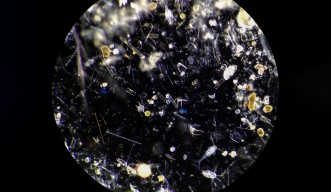
ゲノム・遺伝子制御システム科学ユニット
生物が正常に機能するためには、適切なタイミングおよび場所で遺伝子のオン・オフを確実に切り替えなくてはなりません。遺伝子発現の制御は複雑なプロセスであり、多くの調...

ニコラス・ラスカム
教授
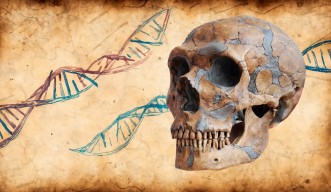
ヒト進化ゲノミクスユニット
ヒト進化ゲノミクスユニットでは、現生人類に最も近い進化の近縁である、ネアンデルタール人とデニソワ人のゲノムを使用し、現代の人間に固有するゲノム変異を特定します。

スバンテ・ペーボ
教授(アジャンクト)

マリンゲノミックスユニット
海洋生物ゲノムの多様性と共通性を探求することは、大規模進化、および生態系内の両方の観点から、過去と未来の環境変化に対する生き物の応答を理解するのに役立ちます。

佐藤 矩行
教授
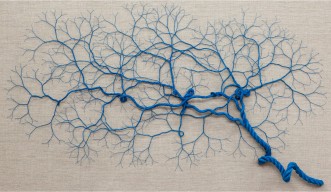
モデルベース進化ゲノミクスユニット
The Model-Based Evolutionary Genomics Unit works at the crossroads of computational and evolutionary biology. Our long-term goal is to achieve an integrative understanding of the evolution of Life on Earth and the origins and emergence of complexity across different biological scales, from individual proteins to ecosystems. To move towards this goal, we develop and apply model-driven evolutionary genomics methods to reconstruct the Tree of Life and the major evolutionary transitions that have occurred along its branches.

ソローシ・ゲルゲイ・ヤーノシュ
准教授

大進化ユニット
大進化(マクロ進化)と生物多様性を対象に、化石・魚類・バイオメカニクス・系統解析・理論モデルを統合する理論主導型研究室です。

ローレン・サラーン
准教授

太陽地球環境・気候ユニット
The Solar-Terrestrial Environment and Climate Unit aims to deepen our understanding of the Sun, its surrounding environment, and their impacts on Earth’s weather and climate.

宮原 ひろ子
准教授
微生物・生態系生態学ユニット
当ユニットでは、我々が現在直面する様々な環境変動が、植物の共生菌や病原菌および炭素や窒素などの物質循環を駆動する土壌微生物に与える影響を、分子生物学および化学的手法を組み合わせて研究しています。

龍見 史恵
准教授

植物エピジェネティクスユニット
私たちはさまざまな植物ゲノムの遺伝子と転移因子のエピジェネティック制御について研究を行なうことで、植物の環境応答や環境適応について理解することを目指しています。

佐瀨 英俊
教授
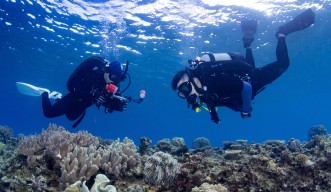
海洋気候変動ユニット
海洋気候変動ユニットでは、気候変動、熱波、乱獲、都市化などの環境の変化にサンゴ礁魚類がどのように適応しているかを明らかにする研究を行っています。

ティモシー・ラバシ
教授

海洋物理・工学ユニット
The Marine Physics and Engineering Unit advances the forecast of ocean dynamics and the development of hydrodynamic disaster mitigation alternatives, paving the way for novel ocean technologies.

アミン・シャブシュブ
准教授

海洋生態進化発生生物学ユニット
サンゴ礁に生息する魚の多くは、驚くような色をしていますが、なぜそのような色をしており、そしてどのように見えているのでしょうか?カクレクマノミをモデルに、色の成り立ちや魚の使い方を読み解いていきます。
ヴァンサン・ロデ
教授
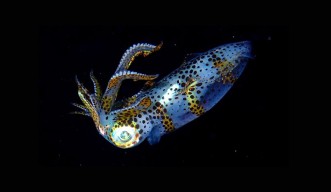
物理生物学ユニット
(2025年6月より閉店)物理生物学ユニットでは、主に生物系の研究を対象とした物理科学ベースのツールを開発しています。ゲノム進化および集団ゲノム科学などを主な対象とし、遺伝的変異が自然選択と進化とを結合する仕組みに関する新たな知見を得ようとしています。

ジョナサン・ミラー
教授
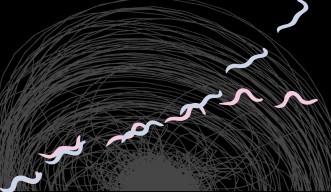
理論生物物理学ユニット
物理学者たちは長い間、物質およびエネルギーの本質を説明できる普遍的法則を探し求めてきましたが、最近まで複雑な生物系の研究は困難でした。理論生物物理学ユニットでは...

グレッグ・スティーブンズ
准教授(アジャンクト)
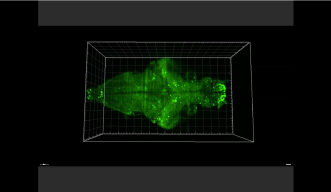
生物の非線形力学データサイエンス研究ユニット
The biological nonlinear dynamics data science unit investigates complex systems explicitly taking into account the role of time. We do this by instead of averaging occurrences using their statistics, we treat observations as frames of a movie and if patterns reoccur then we can use their behaviors in the past to predict their future. In most cases the systems that we study are part of complex networks of interactions and cover multiple scales. These include but are not limited to systems neuroscience, gene expression, posttranscriptional regulatory processes, to ecology, but also include societal and economic systems that have complex interdependencies. The processes that we are most interested in are those where the data has a particular geometry known as low dimensional manifolds. These are geometrical objects generated from embeddings of data that allows us to predict their future behaviors, investigate causal relationships, find if a system is becoming unstable, find early warning signs of critical transitions or catastrophes and more. Our computational approaches are based on tools that have their origin in the generalized Takens theorem, and are collectively known as empirical dynamic modeling (EDM). As a lab we are both a wet and dry lab where we design wet lab experiments that maximize the capabilities of our mathematical methods. The results from this data driven science approach then allows us to generate mechanistic hypotheses that can be again tested experimentally for empirical confirmation. This approach merges traditional hypothesis driven science and the more modern Data driven science approaches into a single virtuous cycle of discovery.

ジェラルド・パオ
准教授

生物デザインユニット
生物デザインユニットは、生物の発生や形態機能が、気候変動の中でどのように進化していくのかを研究しています。

中山 尚美
教授
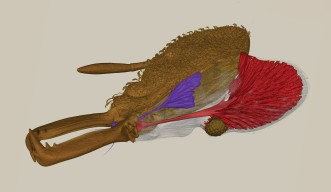
生物多様性・複雑性研究ユニット
生物多様性・複雑性研究ユニットは、生態学的・進化的プロセスがどのように生物多様性を生み出し維持しているのか、また、それらのプロセスが人間活動によってどのように変化しているのかを探っています。

エヴァン・エコノモ
教授(アジャンクト)
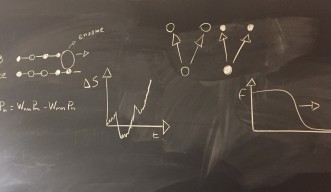
生物複雑性ユニット
生物複雑性ユニットでは、生体分子回路から細胞集団までの様々な生物物理学システムにおいてどのように確率的変動下でも正常に機能しているのかを対象に研究をしています。

シモーネ・ピゴロッティ
教授





